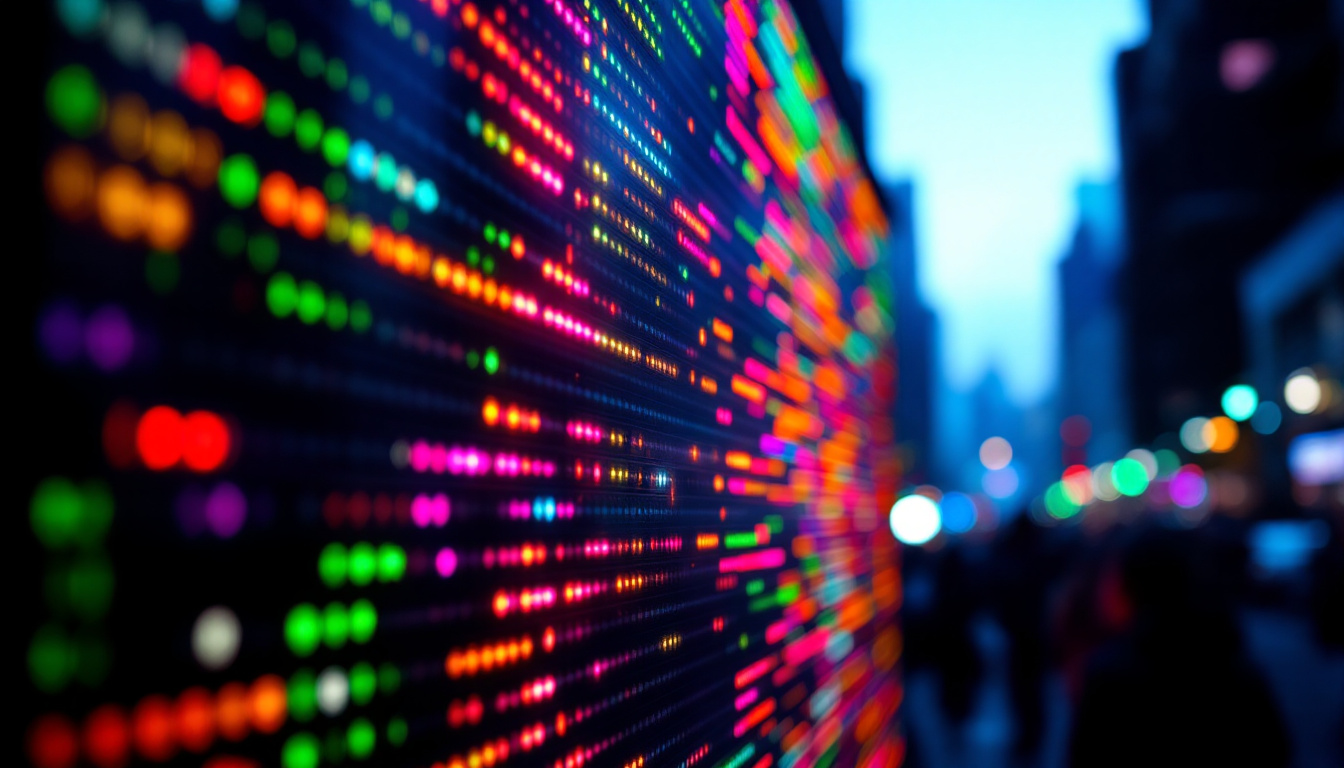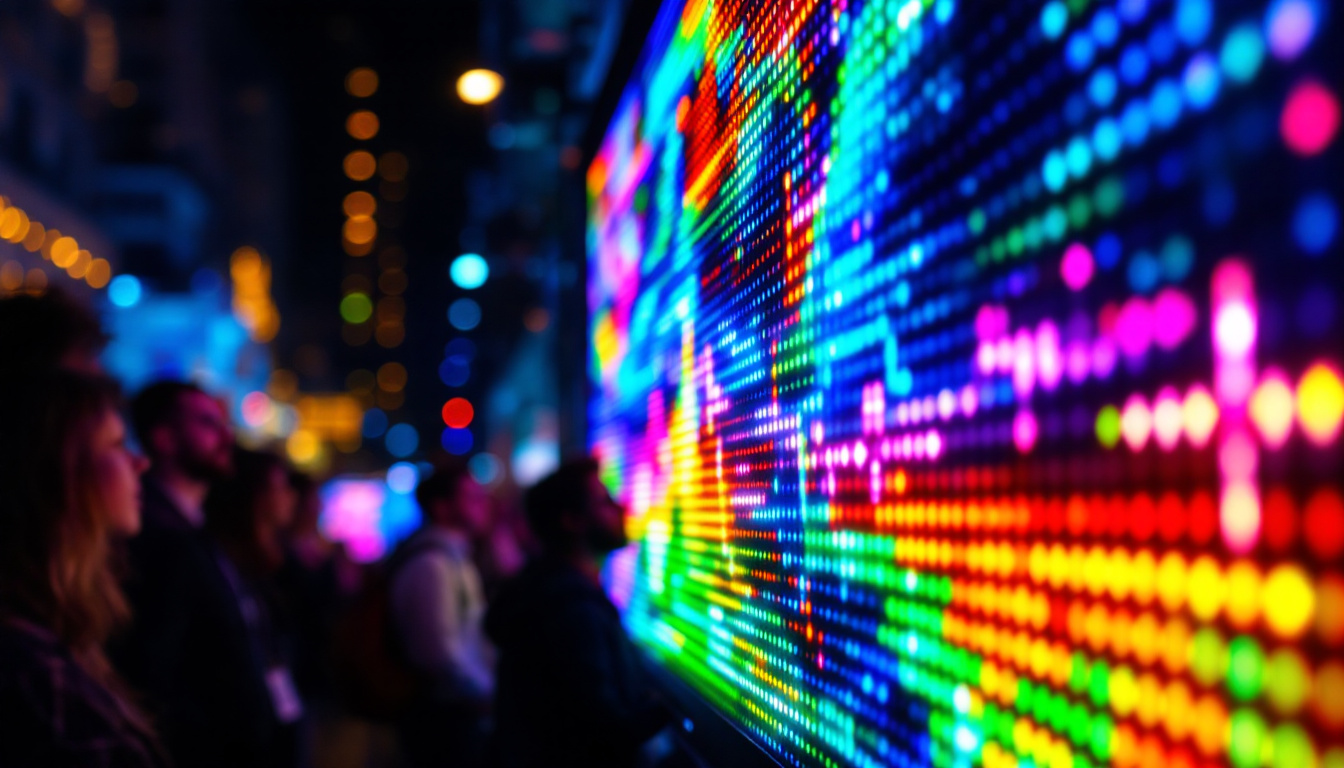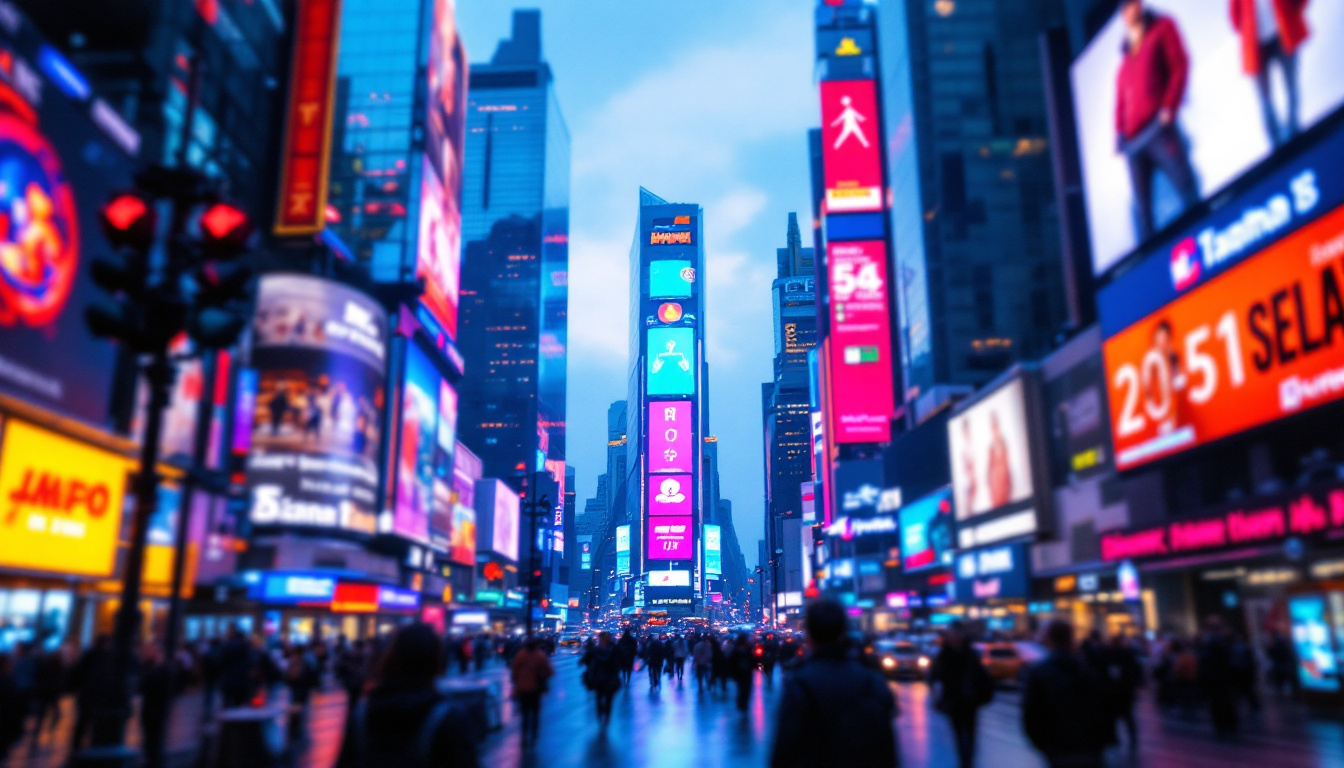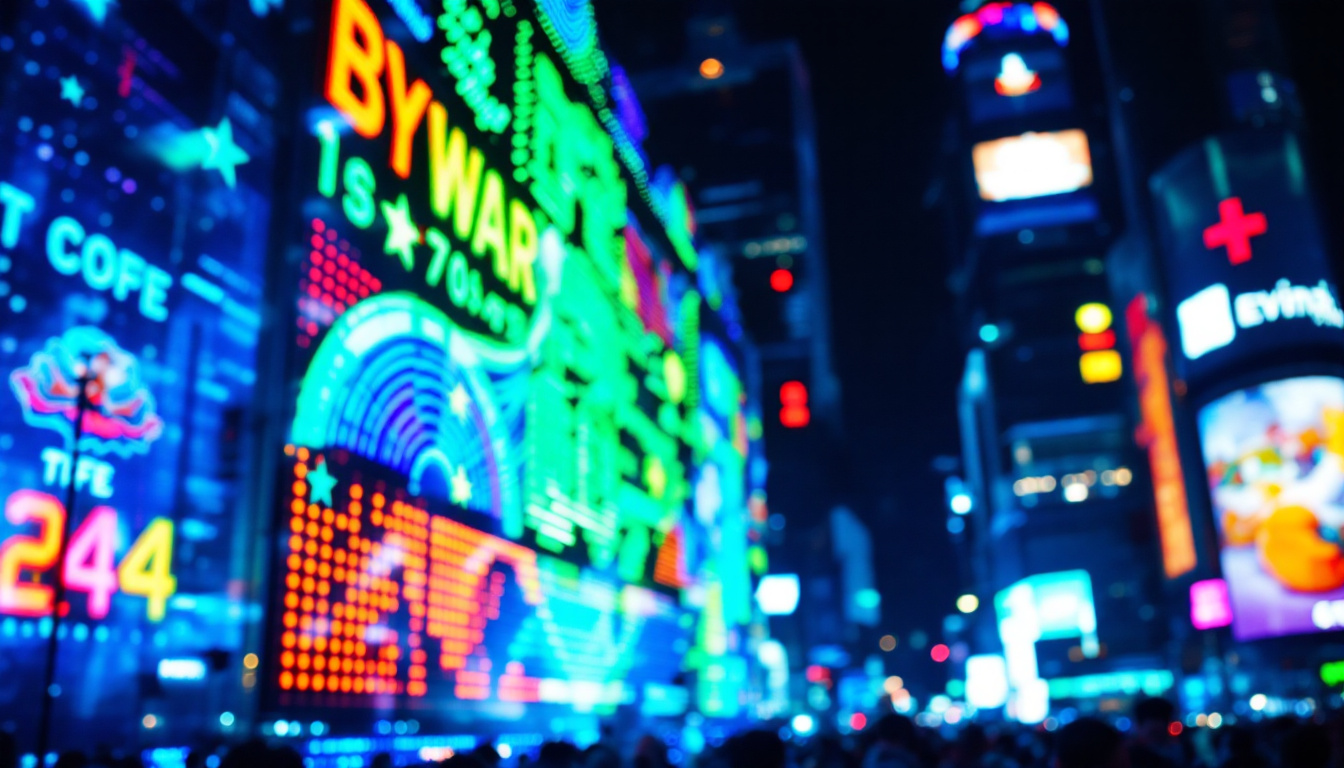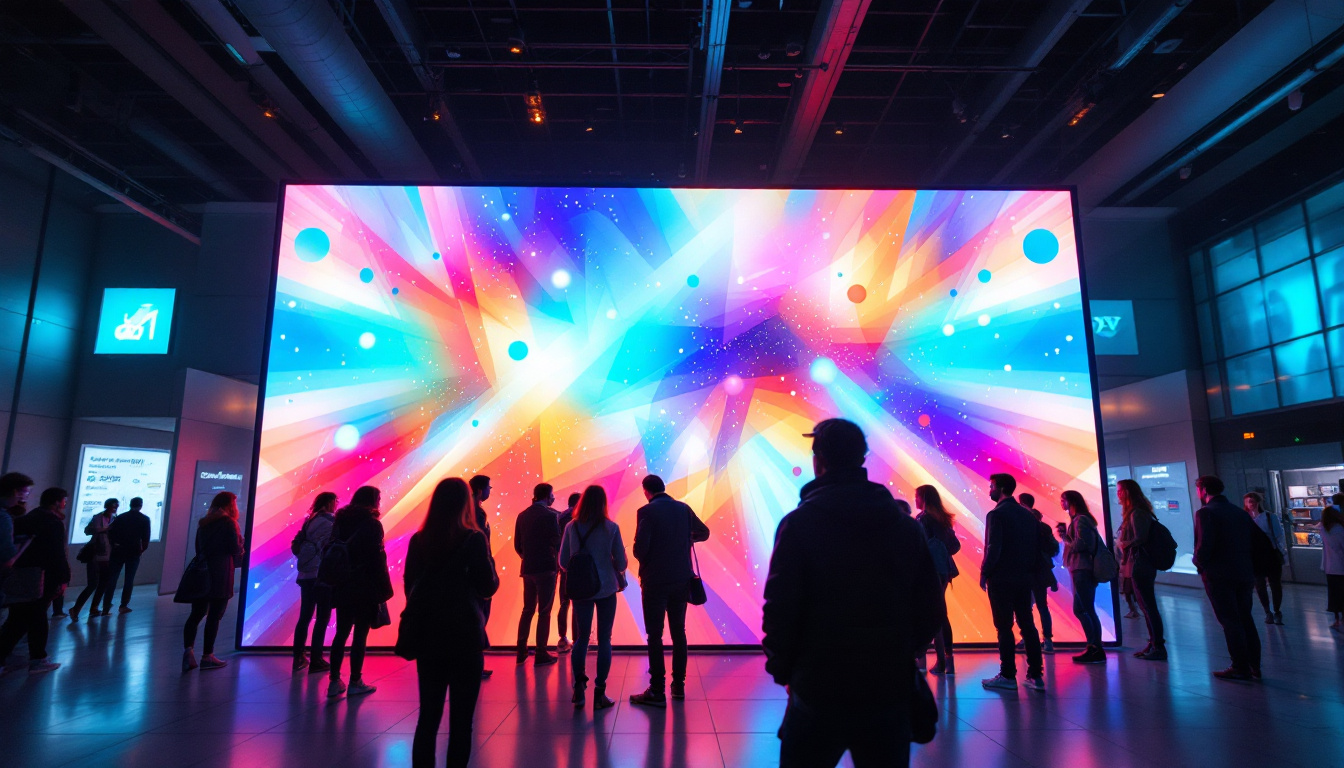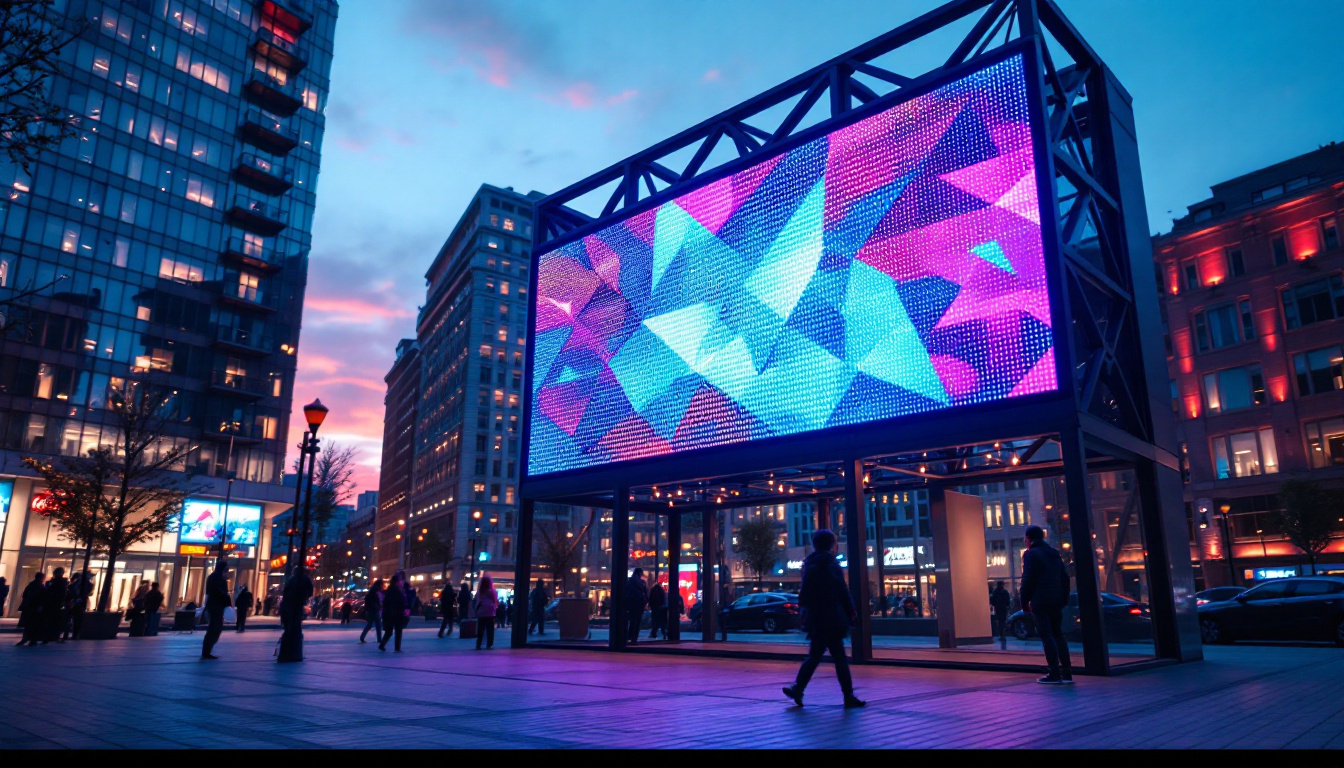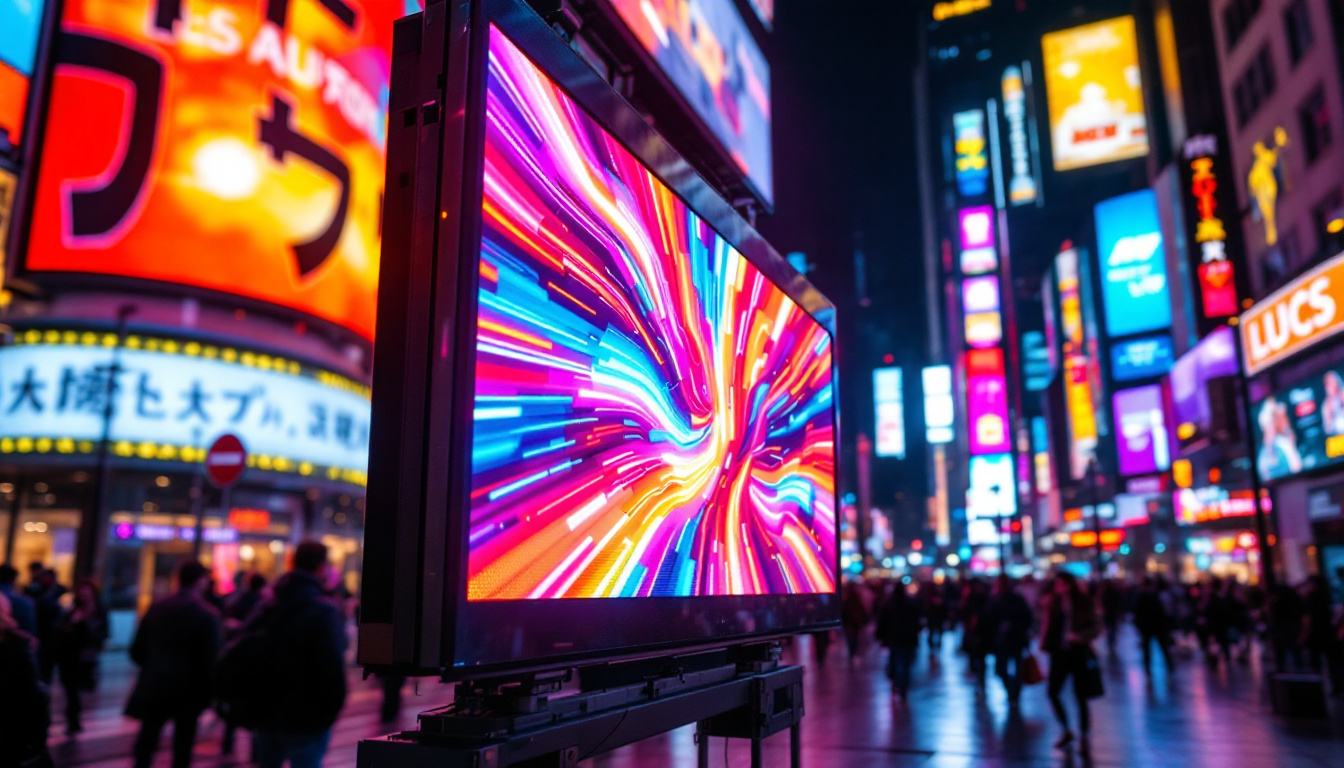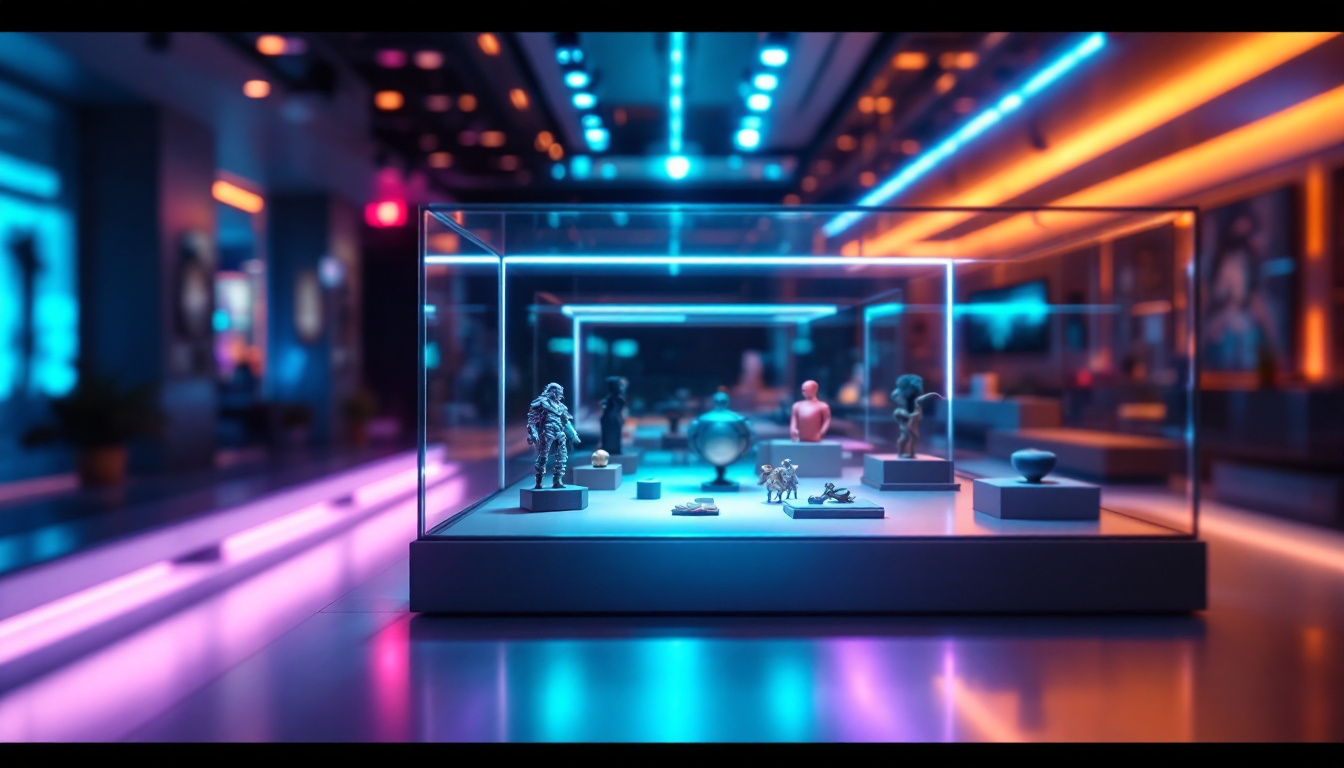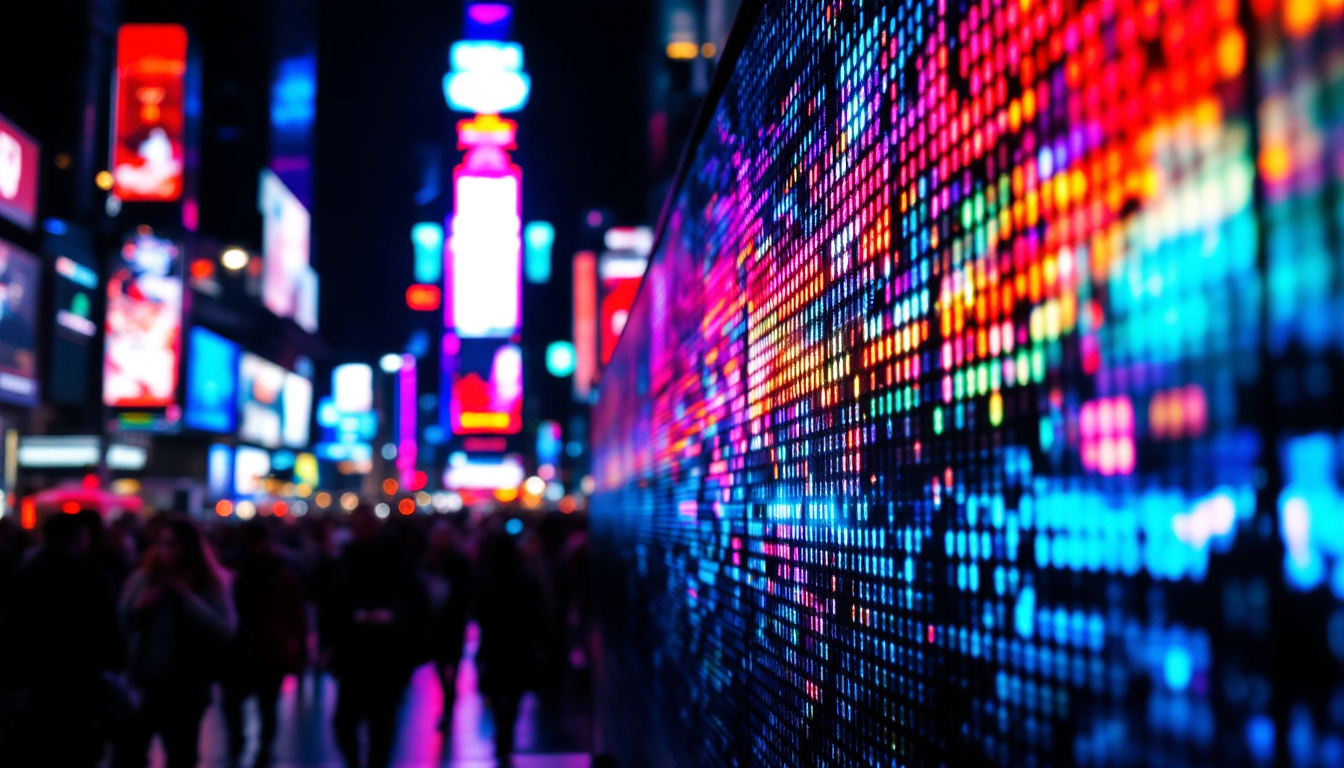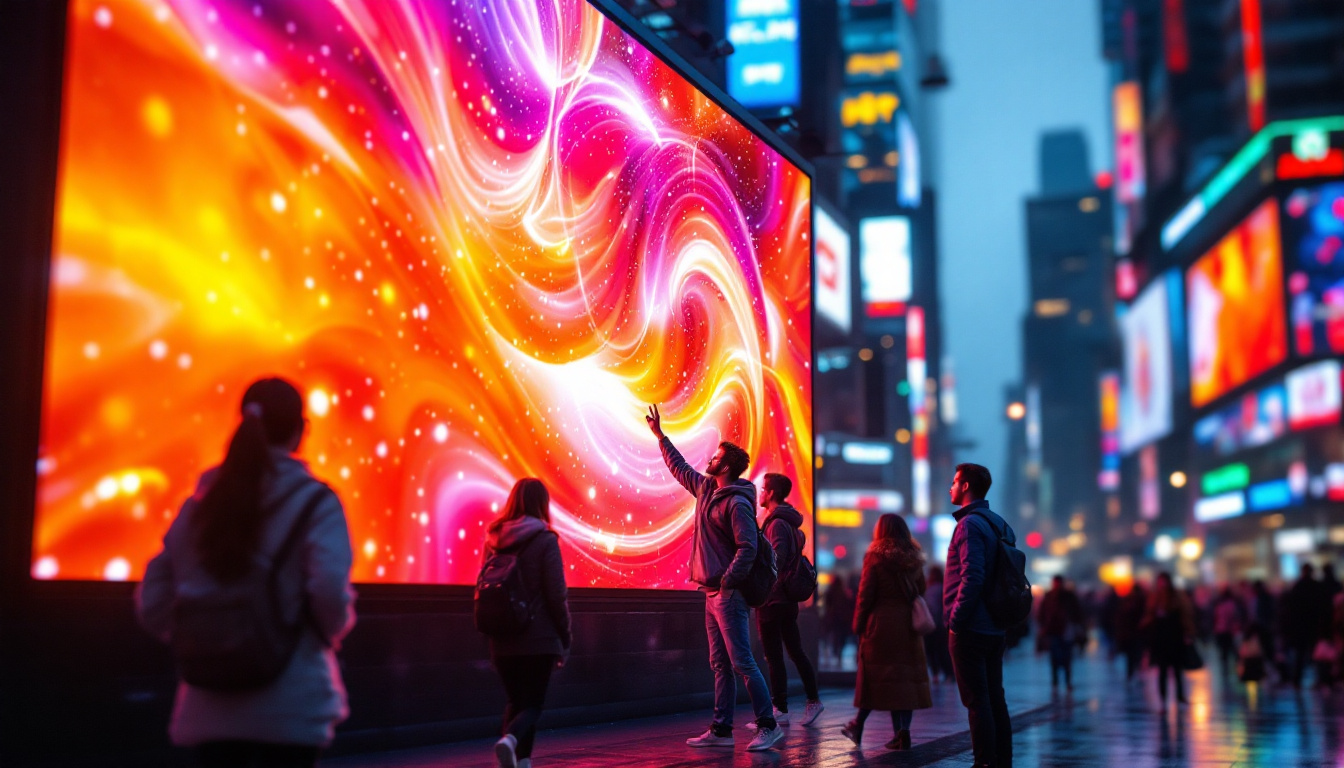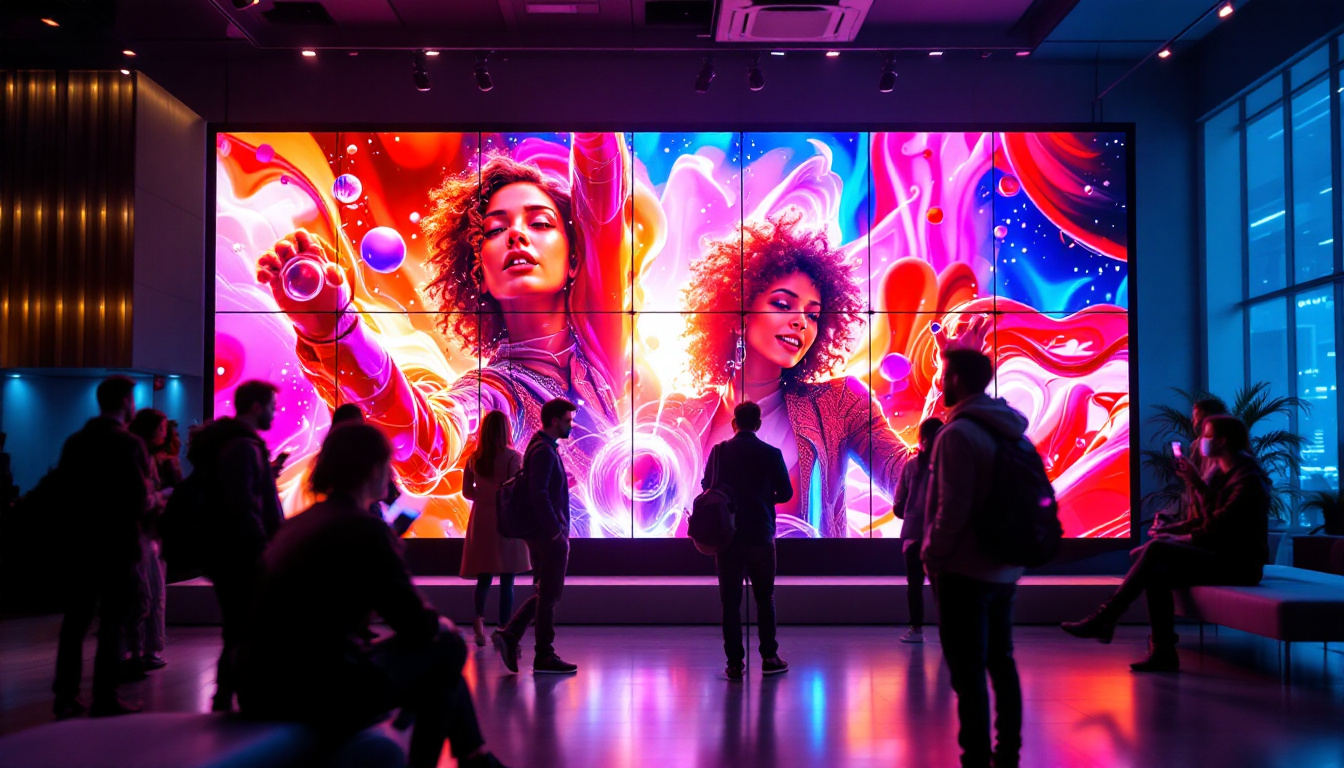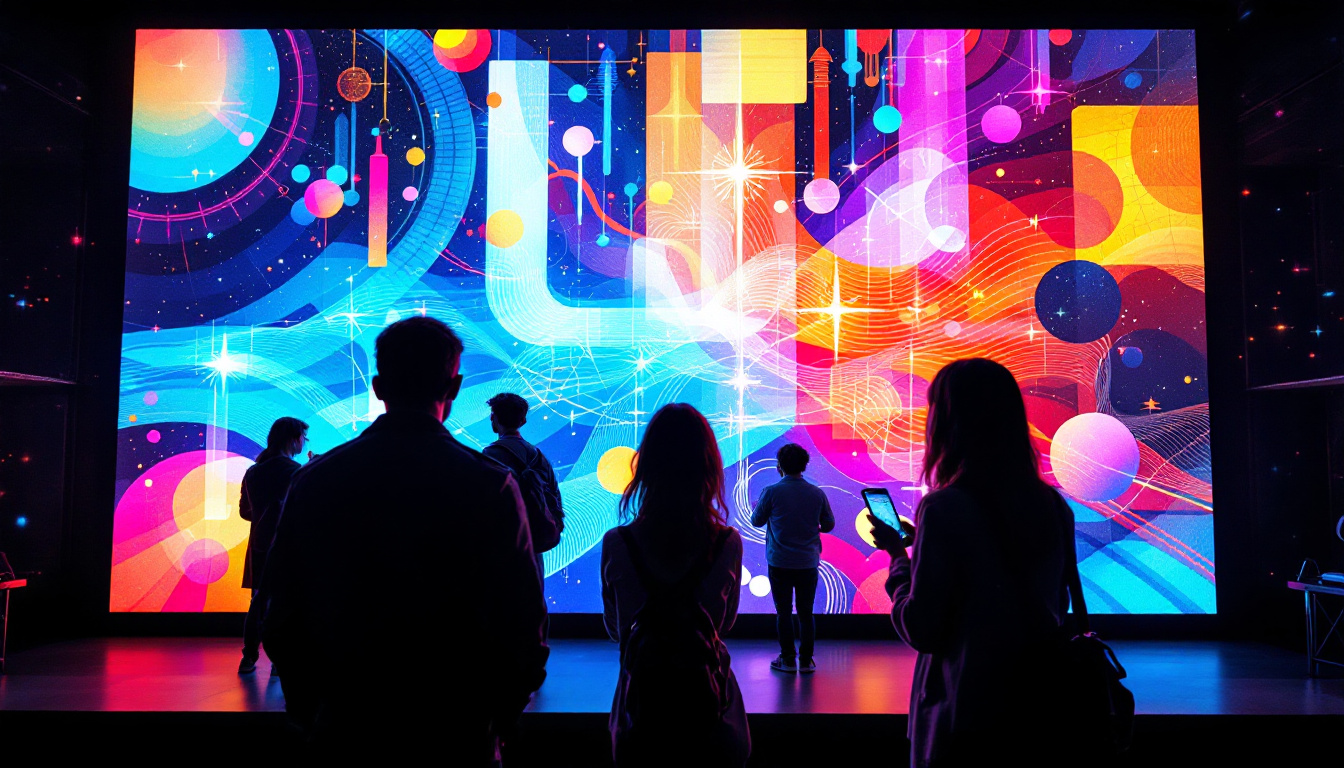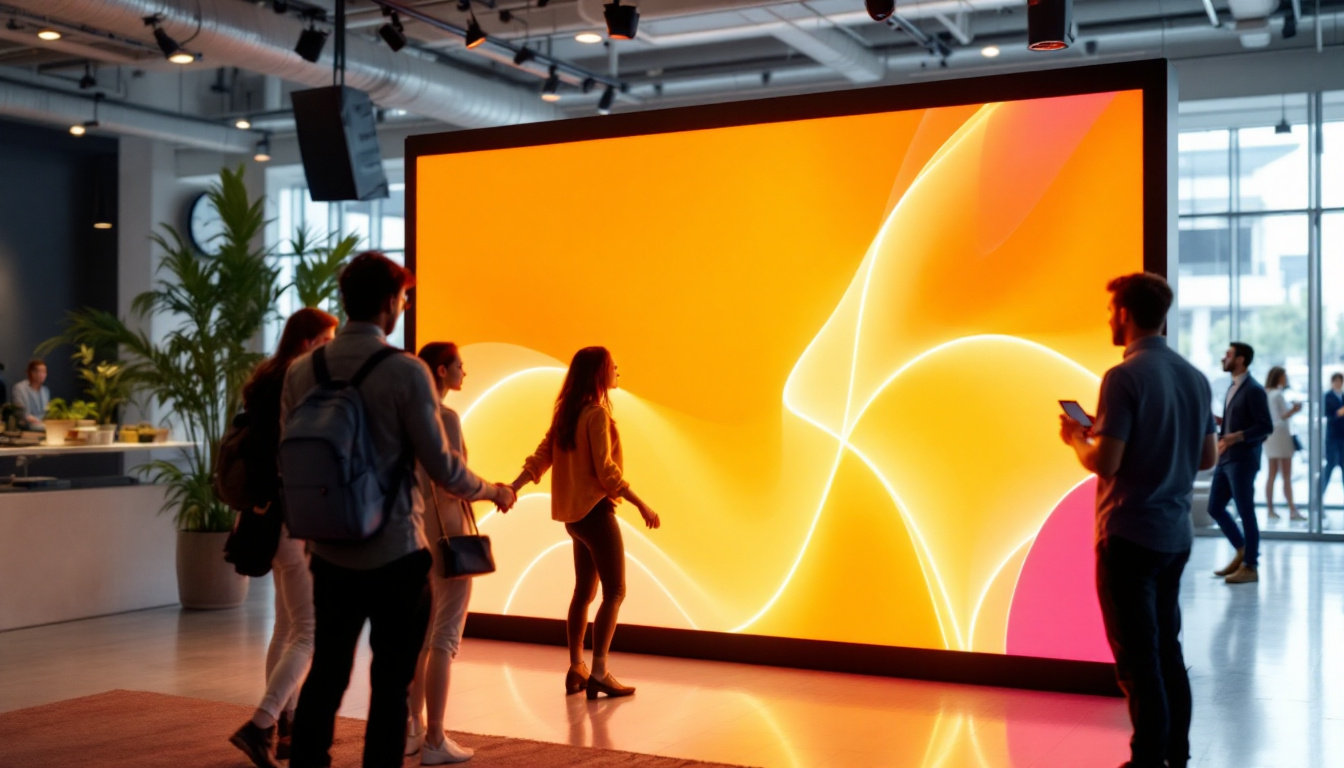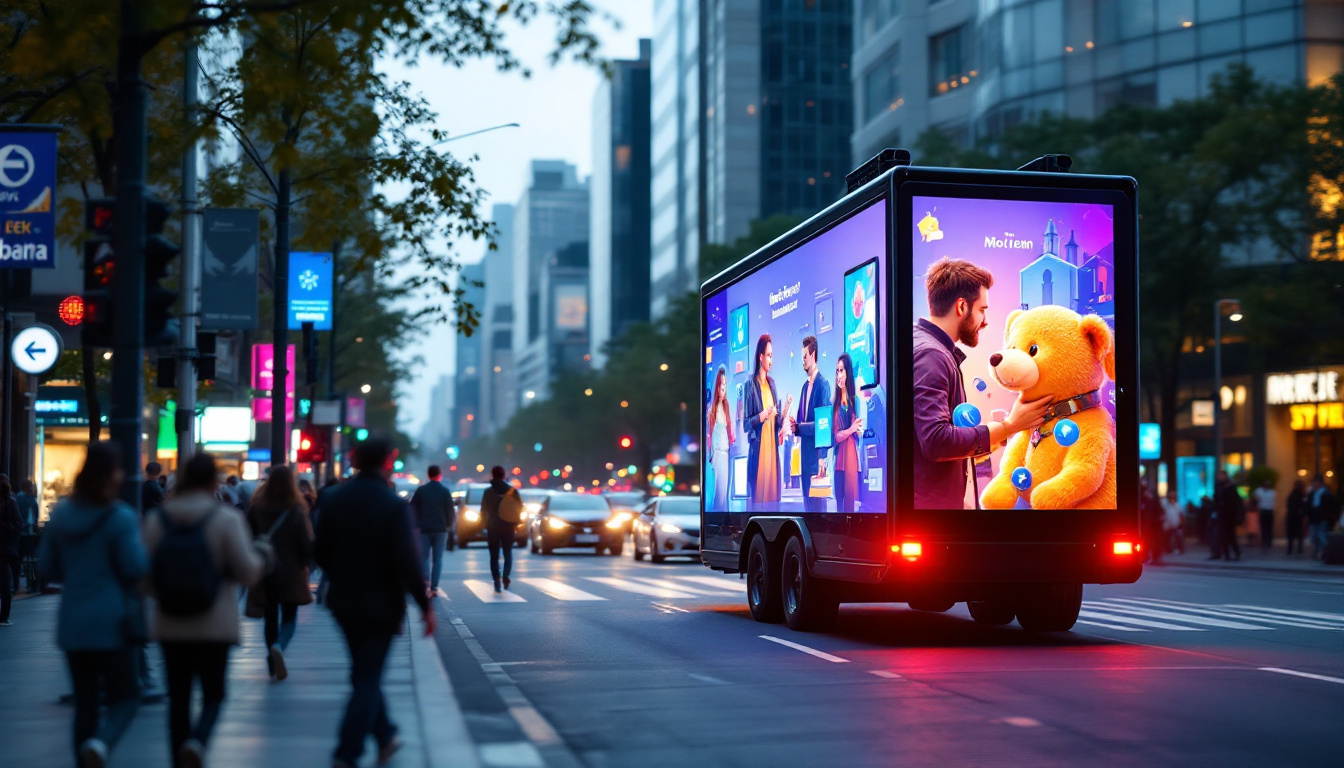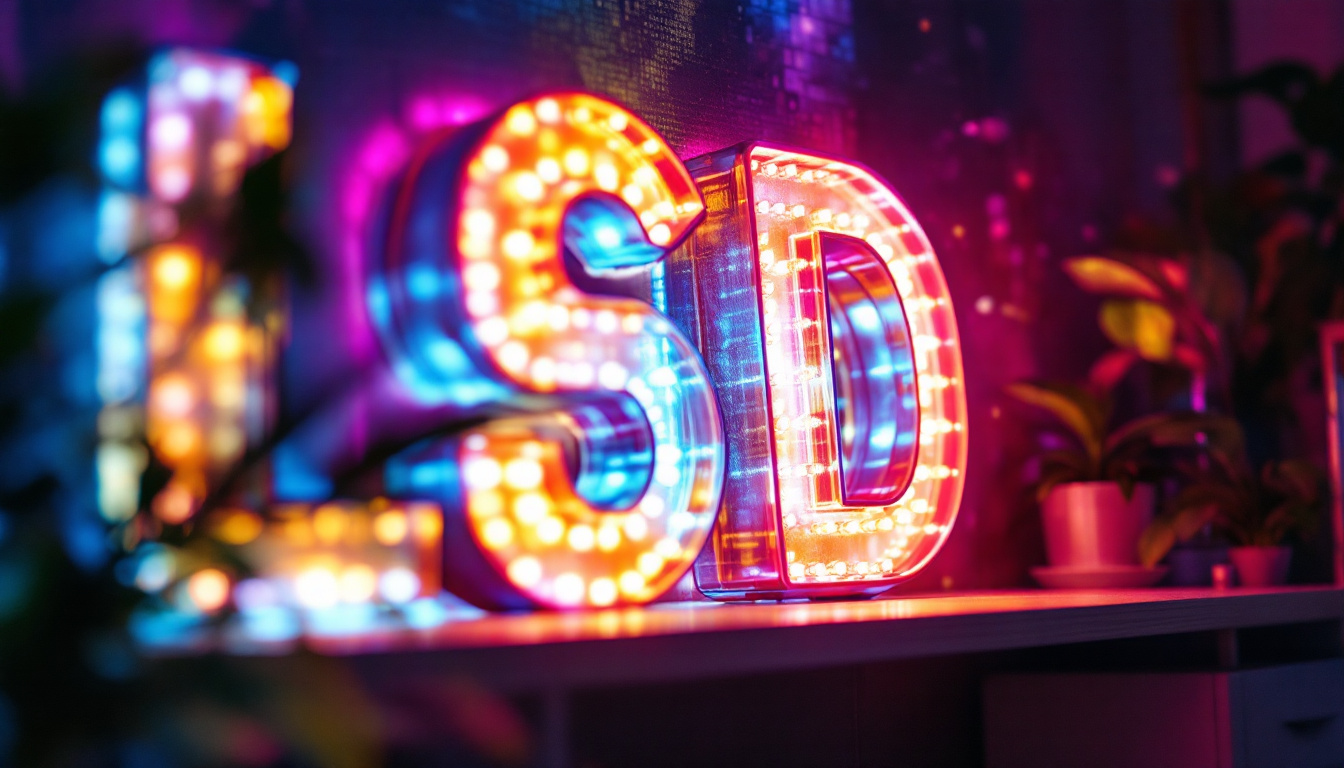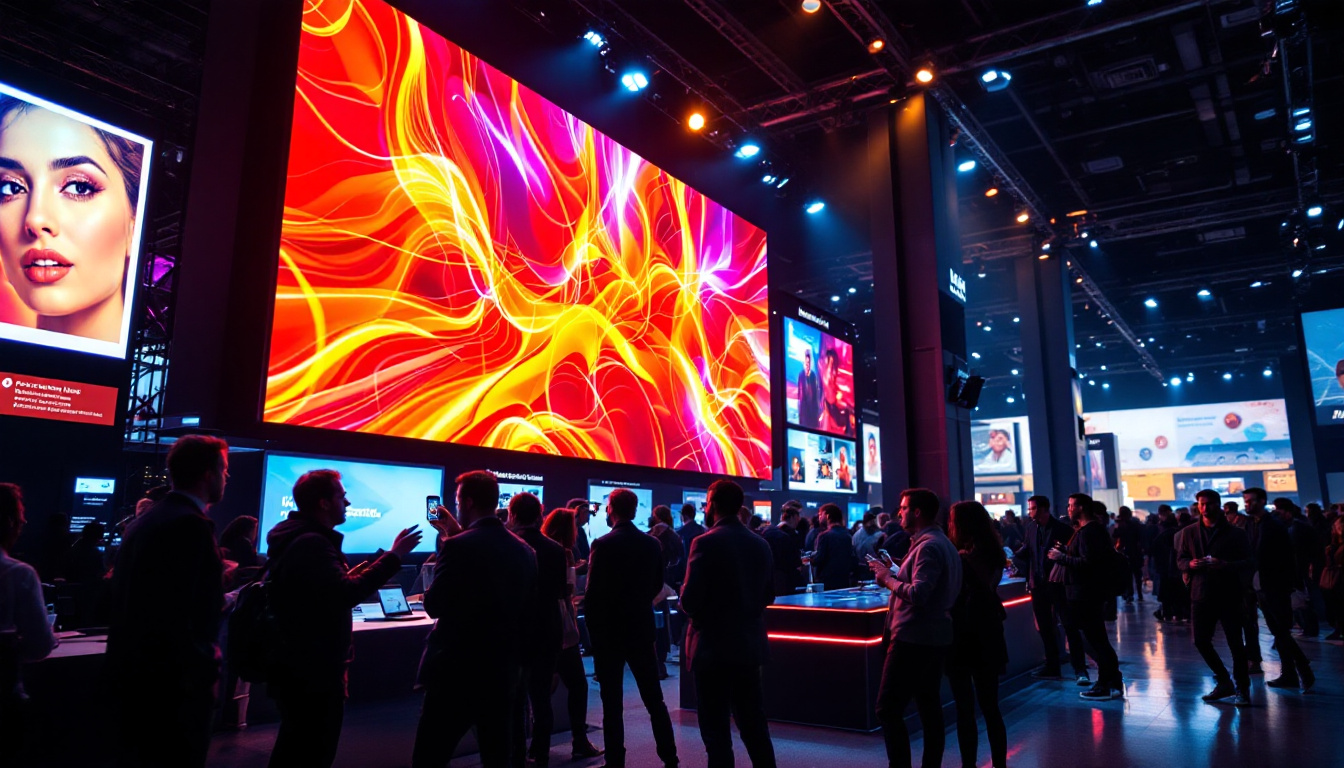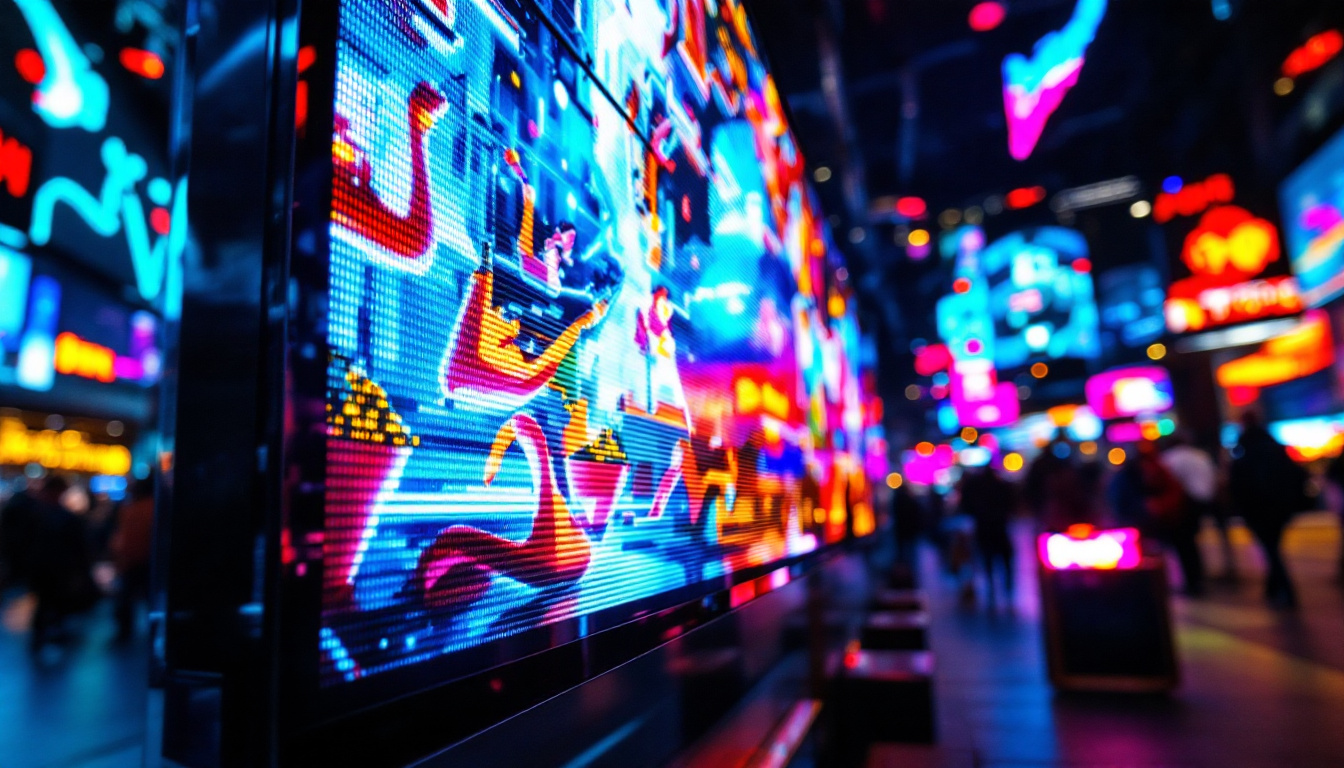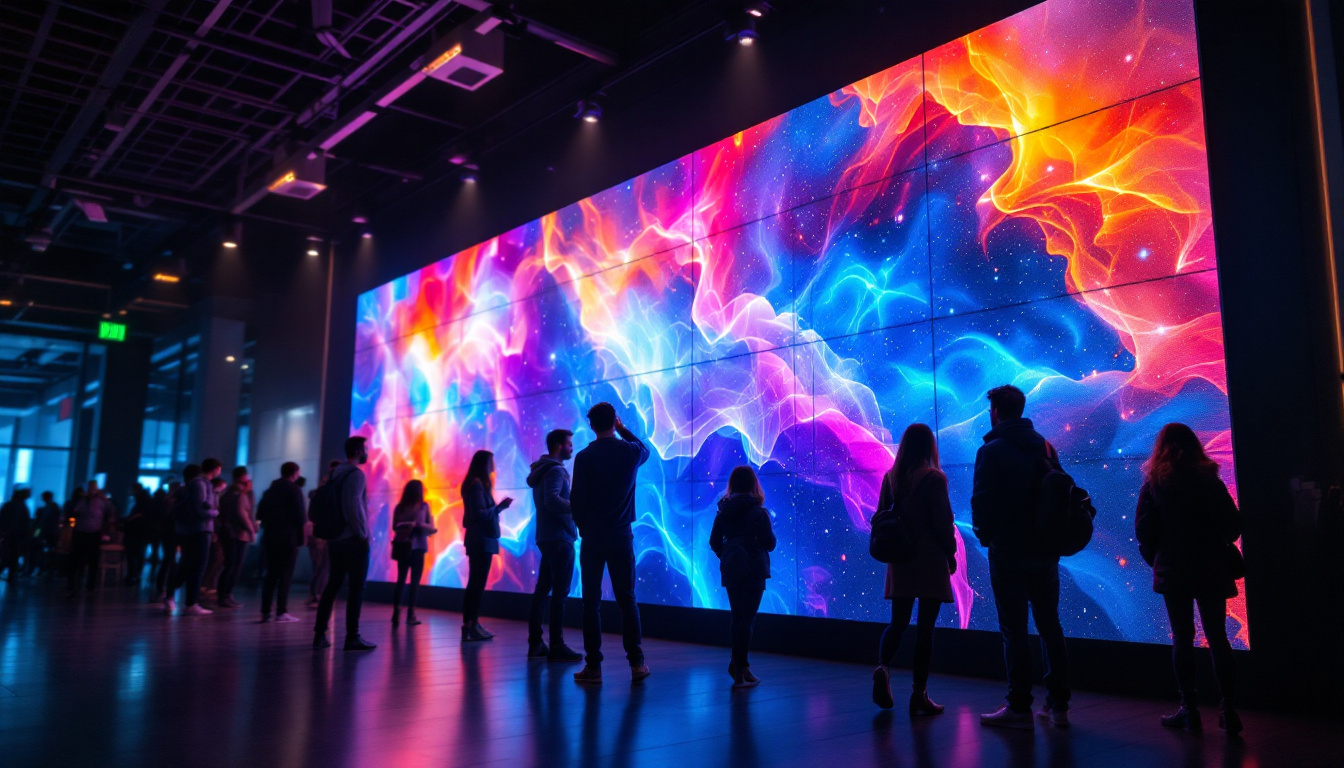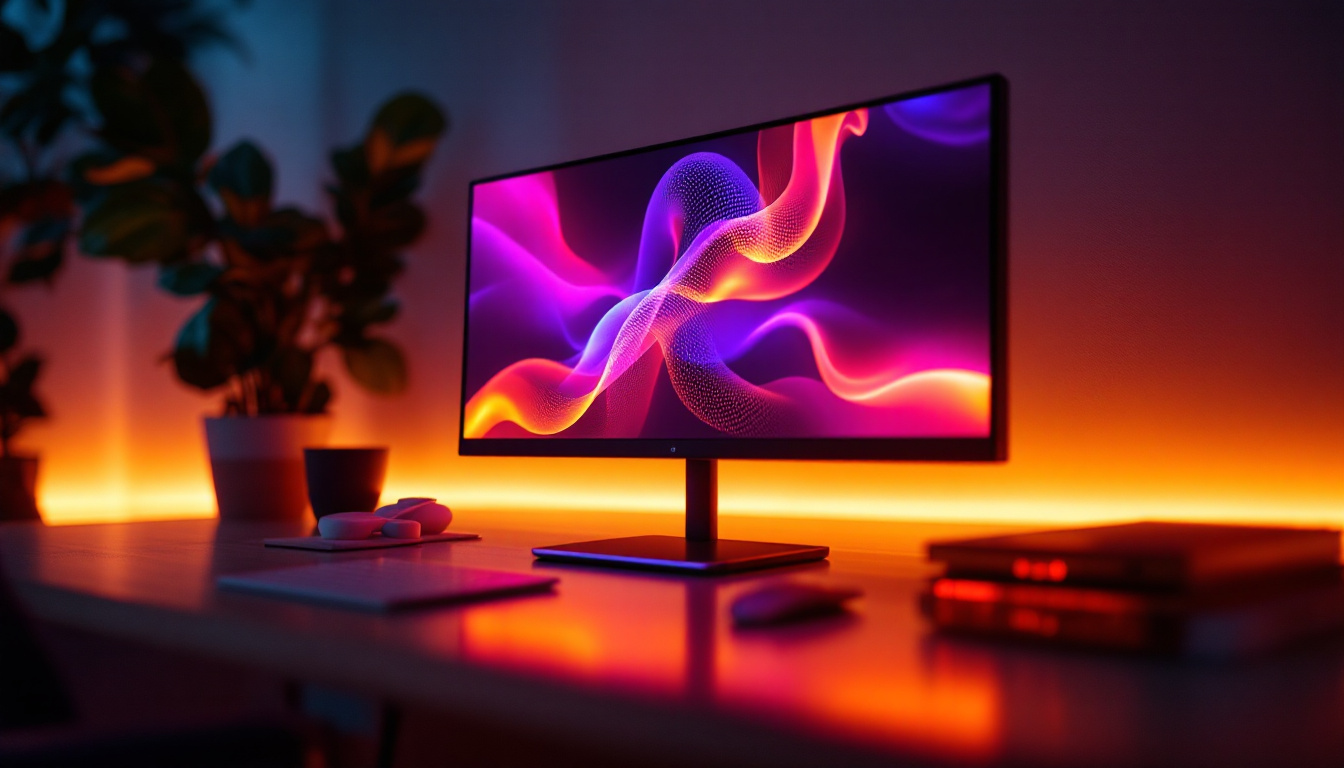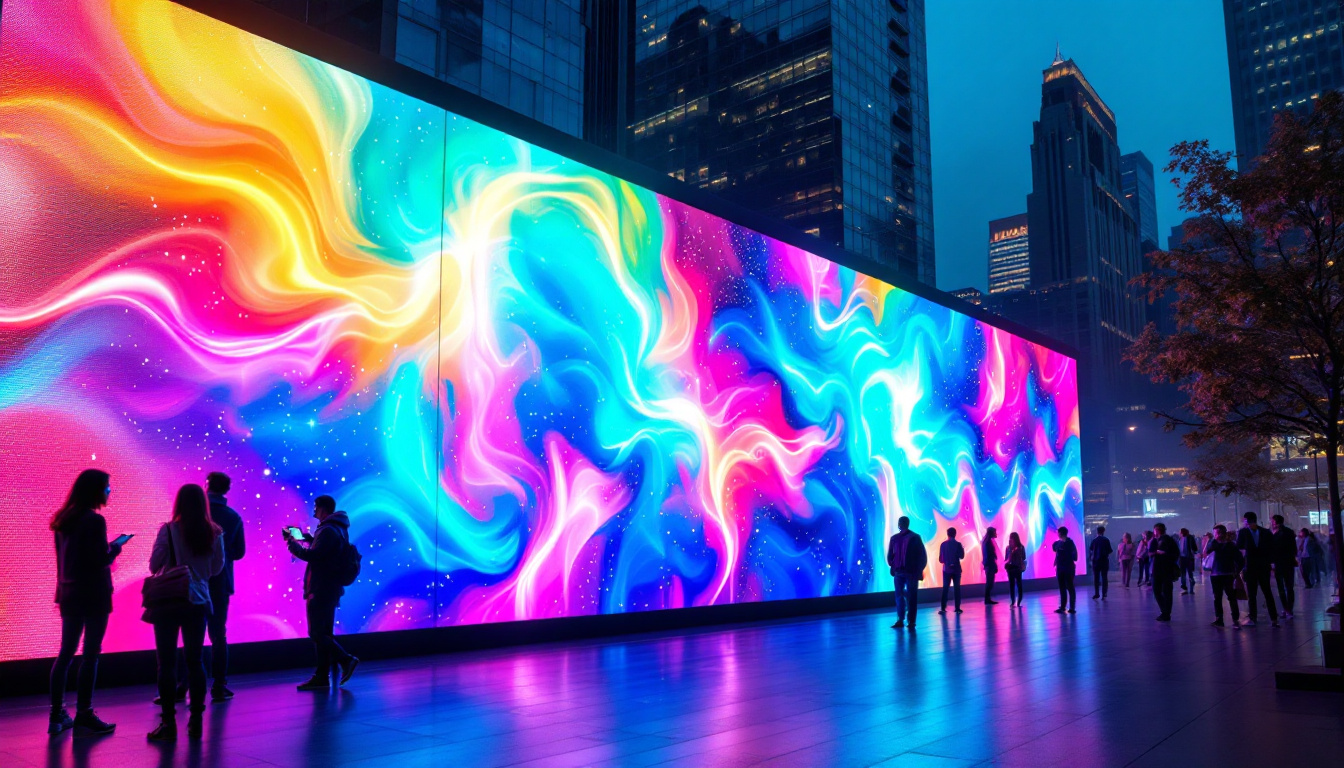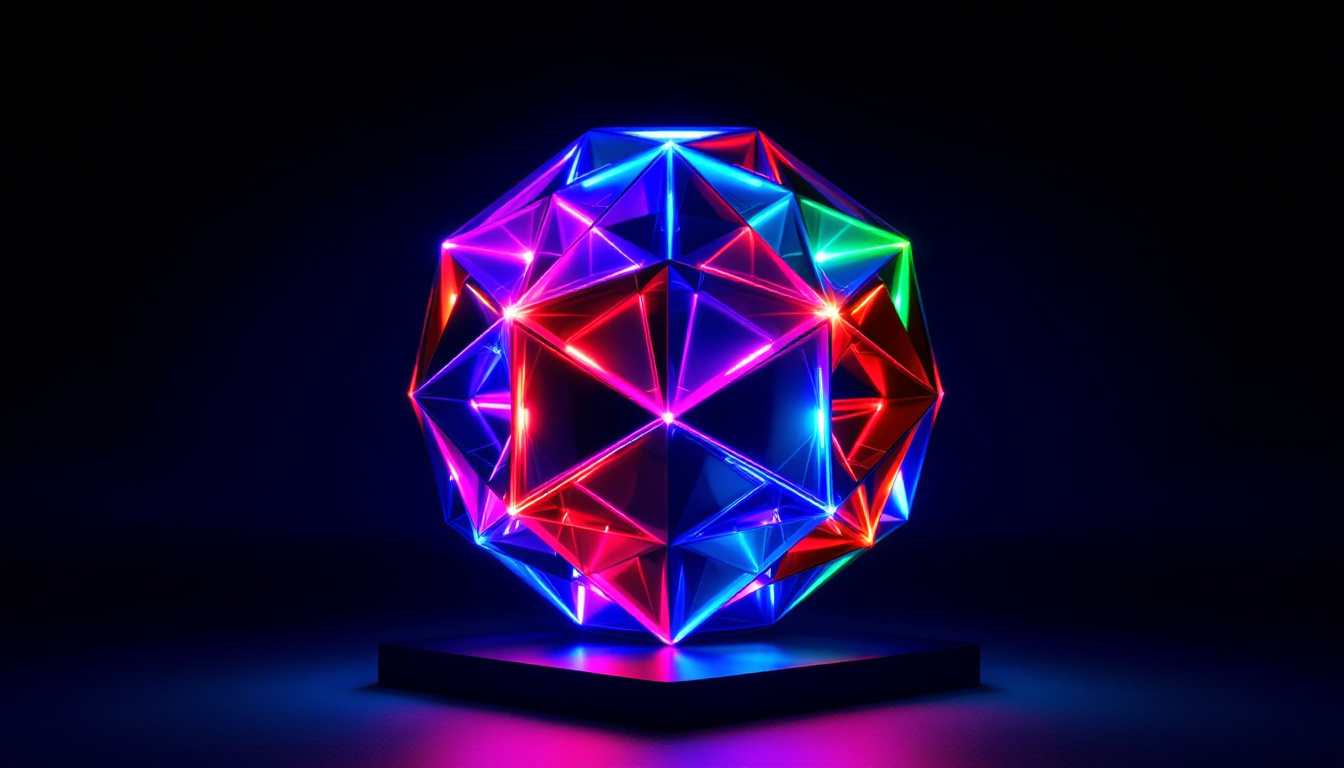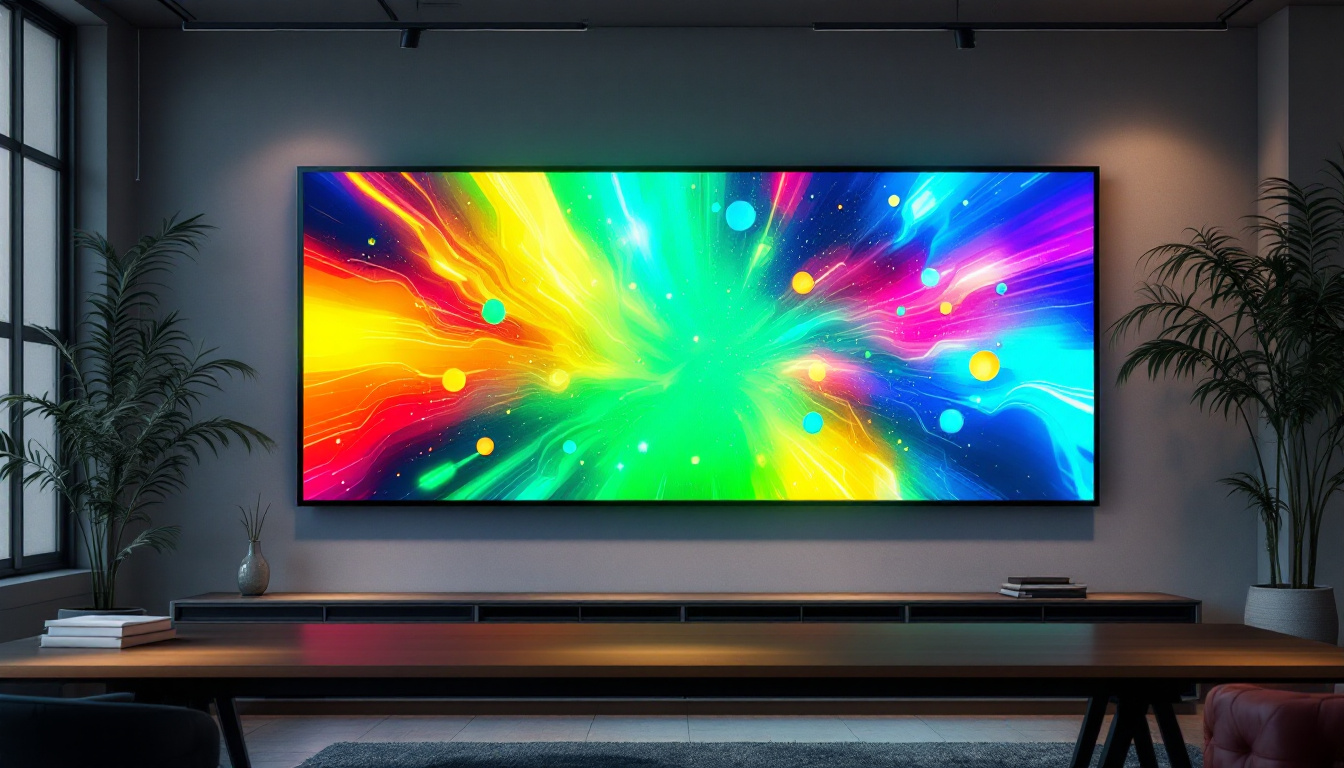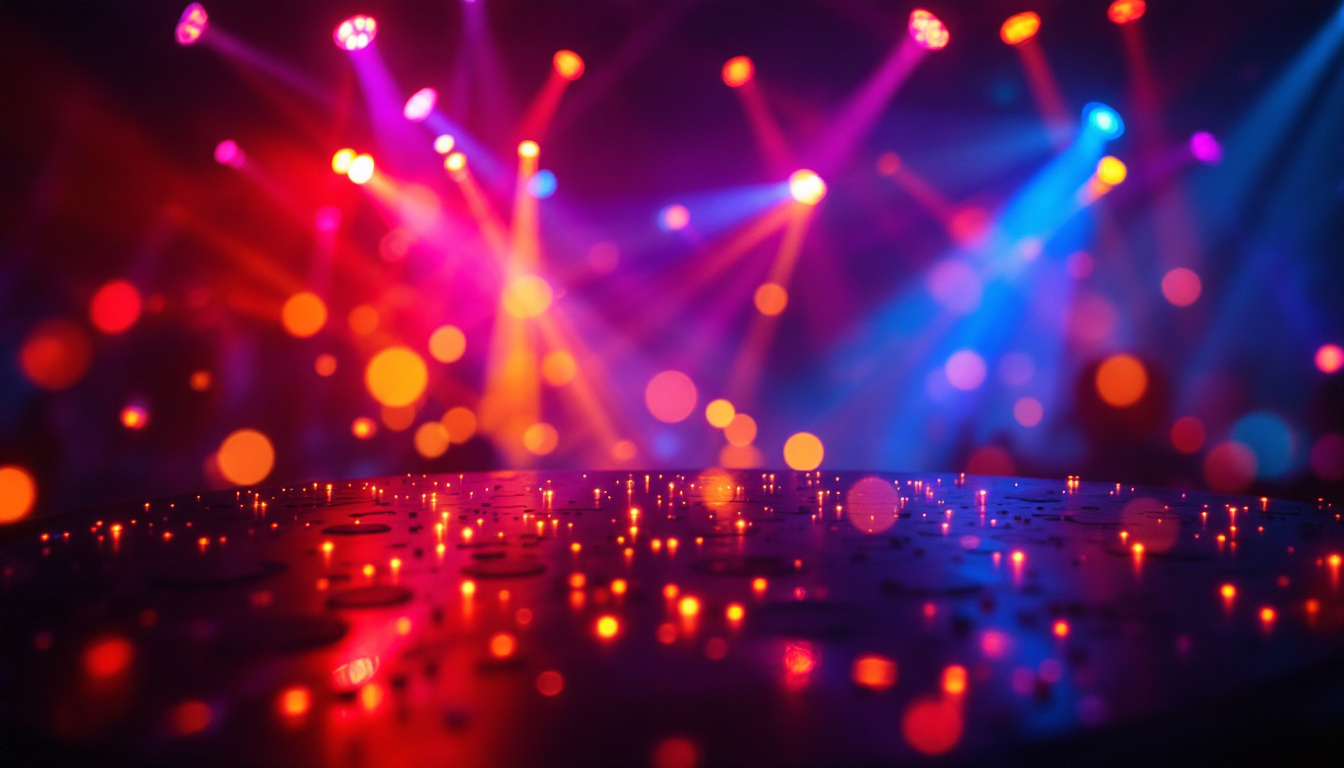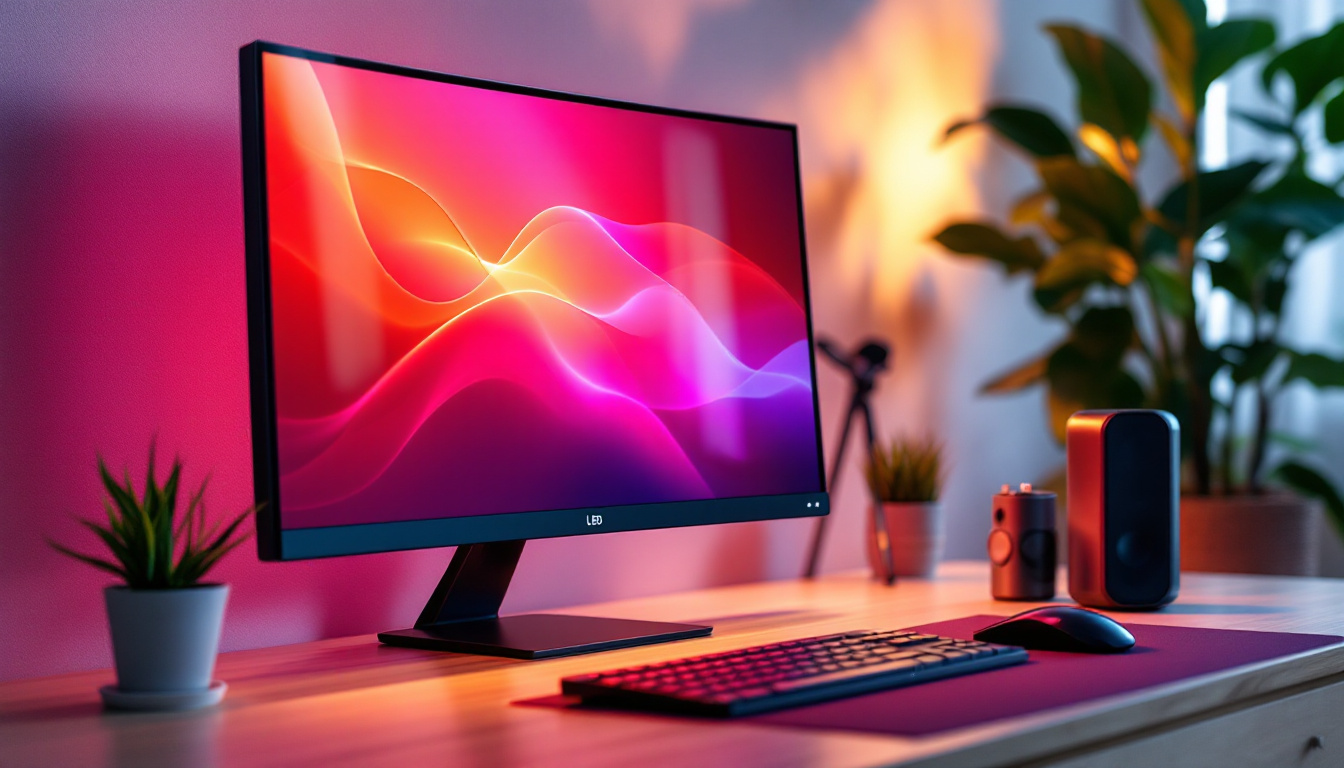In the ever-evolving world of audiovisual technology, LED displays have emerged as a cornerstone of modern visual communication. From large-scale outdoor billboards to intimate indoor screens, LED technology has transformed how information and entertainment are presented. This article delves into the intricacies of LED displays, exploring their technology, applications, and benefits.
Understanding LED Technology
LED, or Light Emitting Diode, is a semiconductor device that emits light when an electric current passes through it. This technology has revolutionized the way displays are created, offering numerous advantages over traditional display technologies such as LCD and CRT. The shift towards LED technology has not only enhanced visual experiences but has also contributed to energy savings and longevity in lighting solutions.
The Basics of LED Operation
At its core, an LED works by electroluminescence, a phenomenon where a material emits light in response to an electric current. When electrons move through the semiconductor material, they recombine with holes, releasing energy in the form of photons. This process is highly efficient, leading to bright, vibrant displays with lower energy consumption. The efficiency of LEDs is further enhanced by their ability to produce light in a specific wavelength, allowing for a wider range of colors and better overall performance in various lighting conditions.
LED displays can be categorized into two main types: passive and active matrix. Passive matrix displays use a grid of conductors to control pixels, which can lead to slower refresh rates and lower image quality. In contrast, active matrix displays utilize a dedicated transistor for each pixel, allowing for faster refresh rates and superior image quality, making them ideal for high-resolution applications. This distinction is crucial for applications such as gaming and video playback, where rapid image changes demand high performance from the display technology.
Types of LED Displays
LED displays come in various forms, each suited for different applications. The most common types include:
- Direct View LED: These displays consist of individual LED modules that form an image directly. They are often used for large outdoor screens and advertising billboards, where visibility from a distance is paramount. The brightness and durability of Direct View LED displays make them ideal for high-traffic areas, ensuring that advertisements are eye-catching and effective.
- LED Backlit LCD: In this configuration, LEDs are used to backlight an LCD panel. This combination offers improved brightness and color accuracy compared to traditional fluorescent backlighting. The use of LED backlighting also allows for thinner display designs, making them more versatile for modern applications such as televisions and computer monitors.
- MicroLED: A newer technology, MicroLED displays use tiny individual LEDs to create images. They promise even better color accuracy and efficiency, making them a potential game-changer in display technology. MicroLEDs can achieve higher resolutions and greater flexibility in design, paving the way for innovative applications such as flexible screens and ultra-thin displays that can be integrated into various surfaces.
In addition to these types, there are also specialized LED displays designed for specific environments, such as transparent LED displays that allow for a see-through effect while still delivering vibrant images. These displays are increasingly being used in retail settings, where they can showcase products without obstructing the view of the store. Moreover, advancements in LED technology continue to evolve, with ongoing research focused on enhancing energy efficiency and reducing production costs, further solidifying LEDs as the future of display technology.
Applications of LED Displays
The versatility of LED displays has led to their widespread adoption across various sectors. Their applications range from advertising and entertainment to education and corporate environments.
Advertising and Marketing
One of the most prominent uses of LED displays is in advertising. Digital billboards and signage can capture attention with vibrant colors and dynamic content. Advertisers can easily update their messages in real-time, allowing for targeted marketing based on time of day, audience demographics, or local events.
Moreover, LED displays can be integrated with social media feeds, live data, and interactive content, creating a more engaging experience for viewers. This adaptability not only enhances brand visibility but also improves customer engagement.
Entertainment and Events
In the entertainment industry, LED displays have become a staple for concerts, festivals, and sporting events. Large-scale LED screens provide immersive experiences, displaying high-definition visuals that captivate audiences. Their ability to function well in various lighting conditions makes them ideal for both indoor and outdoor events.
Furthermore, LED technology allows for creative stage designs, with screens that can be shaped and arranged in innovative ways. This flexibility enhances the overall aesthetic of performances, creating memorable experiences for attendees.
Corporate and Educational Use
In corporate environments, LED displays are used for presentations, digital signage, and video conferencing. Their clarity and brightness ensure that information is easily visible, even in well-lit rooms. This capability is crucial for effective communication during meetings and presentations.
Educational institutions also benefit from LED displays, utilizing them for interactive learning. These displays can showcase multimedia content, making lessons more engaging for students. Additionally, they can serve as information hubs, providing updates and announcements in real-time.
Benefits of LED Displays
The advantages of LED displays are numerous, contributing to their growing popularity across various sectors. Understanding these benefits can help organizations make informed decisions about their audiovisual needs.
Energy Efficiency
One of the most significant benefits of LED technology is its energy efficiency. LED displays consume significantly less power compared to traditional display technologies. This efficiency not only reduces operational costs but also minimizes environmental impact, making them a greener choice for businesses.
Additionally, the longevity of LED displays contributes to their cost-effectiveness. With lifespans often exceeding 50,000 hours, the need for frequent replacements is greatly diminished, further reducing maintenance costs.
Superior Image Quality
LED displays are renowned for their superior image quality. They offer higher brightness levels, better contrast ratios, and a wider color gamut compared to other display technologies. This results in sharper images and more vibrant colors, enhancing the overall viewing experience.
Furthermore, advancements in LED technology, such as HDR (High Dynamic Range), have improved the ability to display a broader range of colors and brightness levels. This capability is particularly beneficial for applications requiring high visual fidelity, such as video production and graphic design.
Durability and Reliability
LED displays are built to withstand various environmental conditions, making them highly durable and reliable. Unlike traditional displays that can be fragile and susceptible to damage, LED screens are typically more robust, with many models designed to be weather-resistant for outdoor use.
This durability extends to their performance as well. LED displays are less prone to burn-in or image retention, a common issue with other technologies. This reliability ensures that they can deliver consistent performance over time, making them a dependable choice for any application.
Challenges and Considerations
While LED displays offer numerous benefits, there are also challenges and considerations that organizations should keep in mind when adopting this technology.
Initial Investment Costs
One of the primary challenges associated with LED displays is the initial investment cost. High-quality LED screens can be more expensive upfront compared to traditional display options. However, it is essential to consider the long-term savings associated with energy efficiency and reduced maintenance costs.
Organizations should conduct a thorough cost-benefit analysis to determine the potential return on investment over time. In many cases, the advantages of LED technology can outweigh the initial financial outlay.
Technical Expertise and Maintenance
Implementing LED displays may require specialized technical expertise for installation and maintenance. Organizations may need to invest in training staff or hiring professionals to ensure proper setup and upkeep.
Regular maintenance is crucial to keep LED displays functioning optimally. While they are generally low-maintenance, periodic checks and cleaning are necessary to prevent issues and extend their lifespan.
The Future of LED Displays
The future of LED display technology looks promising, with ongoing advancements and innovations on the horizon. Emerging trends suggest that the capabilities of LED displays will continue to expand, making them even more integral to various industries.
Advancements in Technology
As technology continues to evolve, LED displays are becoming more sophisticated. Innovations such as flexible LED screens, transparent displays, and even foldable technology are being developed, offering new possibilities for design and application.
Additionally, improvements in pixel density and resolution are allowing for even sharper images, making LED displays suitable for a wider range of applications, including virtual reality and augmented reality experiences.
Integration with Smart Technology
The integration of LED displays with smart technology is another exciting trend. As the Internet of Things (IoT) continues to grow, LED displays can be connected to various devices and systems, enabling real-time data sharing and interactivity.
This integration opens up new avenues for personalized content delivery, allowing businesses to tailor their messages based on audience behavior and preferences. The potential for interactive displays that respond to user input further enhances the user experience.
Conclusion
LED displays have transformed the landscape of visual communication, offering unparalleled advantages in energy efficiency, image quality, and durability. Their versatility has led to widespread adoption across various industries, from advertising to education.
While there are challenges to consider, the benefits of LED technology often outweigh the drawbacks. As advancements continue to emerge, LED displays will likely play an even more significant role in shaping the future of audiovisual communication.
Organizations looking to enhance their visual communication strategies should consider the potential of LED displays. With their ability to deliver vibrant, high-quality images and engage audiences effectively, LED technology is poised to remain at the forefront of display innovation.
Discover LumenMatrix’s Innovative LED Solutions
Ready to elevate your visual communication with cutting-edge LED technology? Explore LumenMatrix’s comprehensive range of LED display solutions, designed to captivate your audience and amplify your message. Whether you need an Indoor LED Wall Display for corporate presentations, an Outdoor LED Wall Display for impactful advertising, or any of our specialized solutions like Vehicle LED Displays and LED Sports Displays, LumenMatrix has you covered. Embrace the future of display innovation and check out LumenMatrix LED Display Solutions today to see how we can transform your visual experience.

